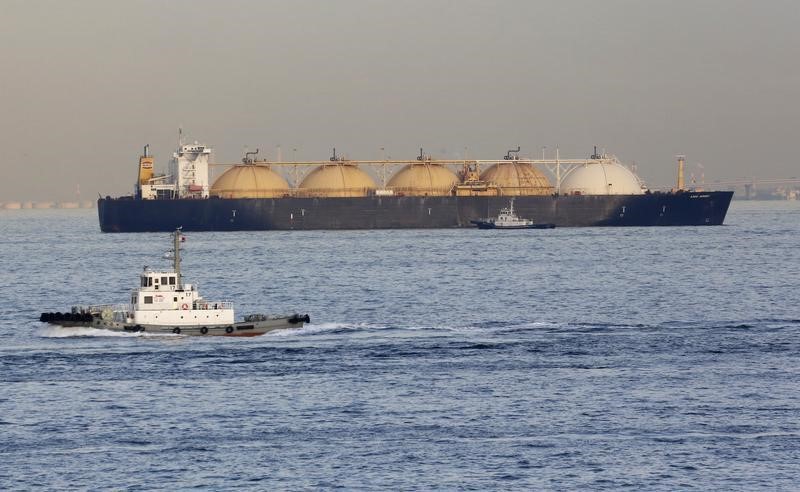MELBOURNE, June 7 (Reuters) - Australia's Victoria state is working with AGL Energy AGL.AX to study building a liquefied natural gas (LNG) import terminal to beef up local gas supply, even as the country is set to become the world's largest LNG exporter.
Victorian Premier Daniel Andrews is under pressure to bolster regional gas supplies after barring all onshore gas drilling, as the southeast Australian state looks to save manufacturing jobs threatened by soaring energy prices.
LNG exports from northeastern Australia - particularly the Gladstone LNG plant run by Santos Ltd STO.AX - have been pulling gas out of the domestic market, and the nation's energy market operator warned earlier this year that without new supply, the local market could face a shortfall by late 2018.
The two other export plants in northeastern Australia are Queensland Curtis LNG, run by Royal Dutch Shell RDSa.L , and Australia Pacific LNG, run by ConocoPhillips (NYSE:COP) COP.N .
To help avert gas and power cuts, the state government said it is studying the development of an LNG import facility with AGL, most likely a floating terminal off the coast of Victoria.
"An LNG terminal would allow the eastern market to bring in lower cost global gas or lower cost gas from WA (Western Australia)," the government said in an emailed statement.
The state said it would be cheaper to transport LNG by ship to a terminal near a major demand centre like Melbourne than transporting it by pipeline from the Cooper Basin in South Australia or Queensland state further north.
Andrews plans to take the proposal to a meeting with Prime Minister Malcolm Turnbull and state leaders on Friday.
AGL has said it aims to decide by June 2018 whether to go ahead with an LNG import terminal, which it has estimated would cost between A$200 million and A$300 million ($150 million and $230 million). AGL spokesman was not immediately available to comment on the state's role in the project.
($1 = 1.3256 Australian dollars)
